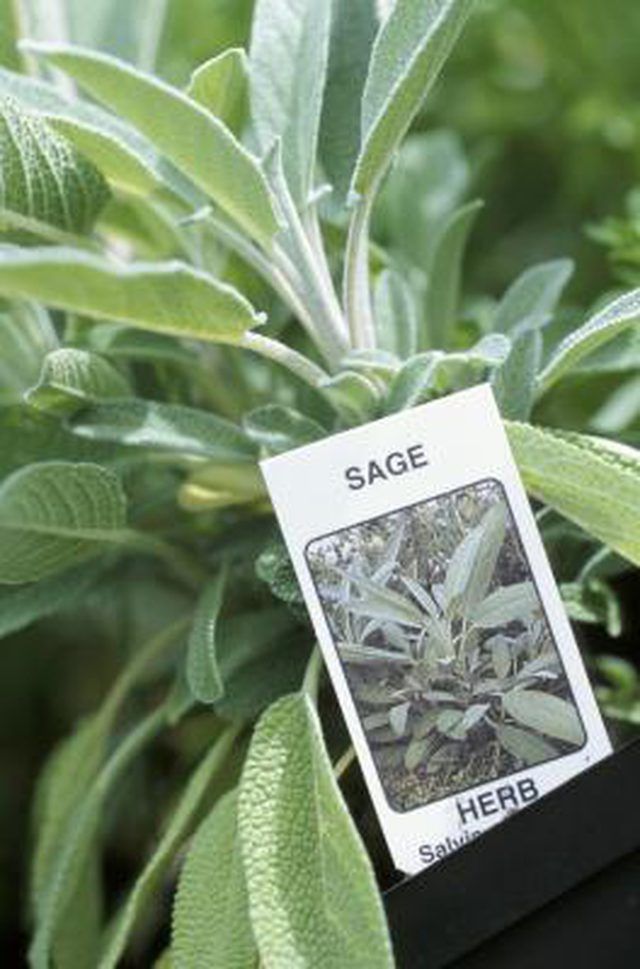Bulbs
Flower Basics
Flower Beds & Specialty Gardens
Flower Garden
Garden Furniture
Garden Gnomes
Garden Seeds
Garden Sheds
Garden Statues
Garden Tools & Supplies
Gardening Basics
Green & Organic
Groundcovers & Vines
Growing Annuals
Growing Basil
Growing Beans
Growing Berries
Growing Blueberries
Growing Cactus
Growing Corn
Growing Cotton
Growing Edibles
Growing Flowers
Growing Garlic
Growing Grapes
Growing Grass
Growing Herbs
Growing Jasmine
Growing Mint
Growing Mushrooms
Orchids
Growing Peanuts
Growing Perennials
Growing Plants
Growing Rosemary
Growing Roses
Growing Strawberries
Growing Sunflowers
Growing Thyme
Growing Tomatoes
Growing Tulips
Growing Vegetables
Herb Basics
Herb Garden
Indoor Growing
Landscaping Basics
Landscaping Patios
Landscaping Plants
Landscaping Shrubs
Landscaping Trees
Landscaping Walks & Pathways
Lawn Basics
Lawn Maintenance
Lawn Mowers
Lawn Ornaments
Lawn Planting
Lawn Tools
Outdoor Growing
Overall Landscape Planning
Pests, Weeds & Problems
Plant Basics
Rock Garden
Rose Garden
Shrubs
Soil
Specialty Gardens
Trees
Vegetable Garden
Yard Maintenance
How to Trim a Purple Sage
How to Trim a Purple Sage. Purple sage (Salvia leucophylla) is an evergreen plant that typically grows 3 to 6 feet tall, though some individual specimens have been known to reach 12 feet tall and 12 feet wide. Purple sage shrubs have aromatic gray-green vegetation, an attractive, airy form and fragrant lavender-pink blooms. They thrive in full sun...

Purple sage (Salvia leucophylla) is an evergreen plant that typically grows 3 to 6 feet tall, though some individual specimens have been known to reach 12 feet tall and 12 feet wide. Purple sage shrubs have aromatic gray-green vegetation, an attractive, airy form and fragrant lavender-pink blooms. They thrive in full sun but need no water once established, which makes them ideal for drought-tolerant landscaping. Plants also tolerate freezing temperatures. This distant relative of culinary sage is best pruned minimally, to support general plant health and encourage optimal flowering in the landscape.
Things You'll Need
Bypass-type hand pruners
Prune purple sage only with a purpose, because any unnecessary trimming will only diminish the amount of attractive, fragrant flowers.
Make major pruning cuts only when purple sage is dormant, near the end of the winter when the coldest temperatures have passed.
Assess the shrub and its condition thoroughly before making any additional pruning cuts. First cut off dead, diseased or otherwise damaged branches and stems.
Stand back to study the plantís symmetry and general proportions, walking all the way around if necessary. Make your next cuts to enhance overall balance.
Trim lightly to remove dead branches and stems -- or to make corrective cuts you may have missed earlier -- at any time during the year.
Deadhead spent purple sage flowers for a neater look if desired, but this isnít absolutely necessary because dried flowers look fine too -- and leaving them gives seeds a chance to develop and disperse.
Tips & Warnings
If your purple sage has grown much too large for its location, it may take you two or more seasons to safely trim it down to a suitable size.
Purple sage grows particularly well in heavy clay but also tolerates sandy soils.
Because purple sage provides good cover for quail and other birds and is also a butterfly favorite, it is great for wildlife-friendly landscaping.
Never prune more than 30 percent of your purple sage in a given year. Pile your vegetation trimmings in one place nearby, so you can see how much youíve already cut as you work.